by Michael Haskew
The high ground at World War I’s Thiepval Ridge commanded the surrounding area along the banks of the Ancre River and another nearby waterway, the Somme. In the autumn of 1914, German generals recognized its tactical importance and made Thiepval Ridge, the expansive village of the same name, and the large, handsome chateau and farm that were located there a centerpiece of their defensive line along the Somme front.
At Thiepval, the Germans constructed a defense in depth with barbed wire entanglements, machine gun emplacements, and fortified bunkers that could withstand heavy artillery bombardment. Three key redoubts, designated Schwaben, Zollern, and Stuff, were formidable positions to the immediate north of the village, and any Allied offensive success against the German line at the Somme, stretching 25 miles, would require the capture of these dominating positions.
Disastrous Results
On the first day of the Battle of the Somme, July 1, 1916, General Douglas Haig, commander of the British Expeditionary Force, ordered several battalions of the 32nd Infantry Division, an inexperienced unit of the recently raised Reserve Army, to assault the German fortifications at Thiepval. The result was disastrous, and the fight for Thiepval continued for nearly three more agonizing months. Throughout the ordeal, Haig maintained his original plan of capturing the high ground and the three redoubts and then pushing forward along the banks of the Ancre to drive a wedge deep into the German line. At the end of September, four British and Canadian divisions prepared to attack Thiepval with the support of six tanks, weapons that were new to the battlefield but potentially decisive, and the massed firepower of 800 heavy and field artillery weapons. After a 36-hour bombardment of the German positions, the British infantry stepped off at 12:35 on the afternoon of September 26. The Canadians advanced bravely, making some progress north of Courcelette and approaching the Zollern Redoubt. The British 18th Division slugged its way up the heights and through the village only to be stymied by machine gun fire from the ruins of the artillery-blasted chateau. Two hours later, a single tank lumbered forward and fired into the German entrenchments. Amid pitched hand-to-hand fighting the British soldiers gained control of most of Thiepval. Zollern Redoubt was abandoned, and a foothold was seized along the perimeter of the Stuff Redoubt. Most of the Schwaben redoubt fell to the British the following day.
Complete Control Remained Elusive
Although Haig’s troops had captured Thiepval proper and reached their geographic objective, complete control of the heights was elusive. The remaining portions of the Stuff and Schwaben redoubts were not taken until mid-October during a continuation of the offensive known as the Battle of Ancre Heights. Because of the desperate fighting that took place at Thiepval during the Battle of the Somme, the high ground was selected as the location for a memorial to the missing, and the names of more than 72,000 Commonwealth soldiers are inscribed on its stone walls. Constructed between 1929 and 1932, the memorial stands nearly 148 feet high and is the largest British war memorial in the world. On July 1, 2004, a state-of-the-art visitor center opened at Thiepval under the auspices of a joint British and French administrative commission.
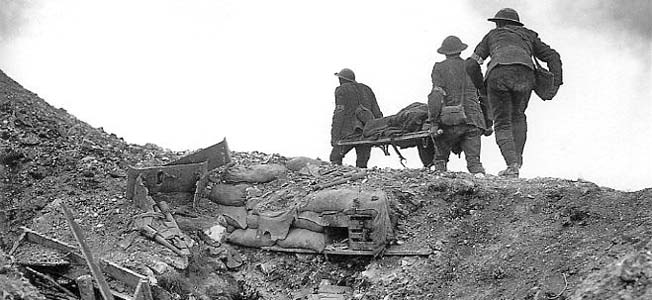
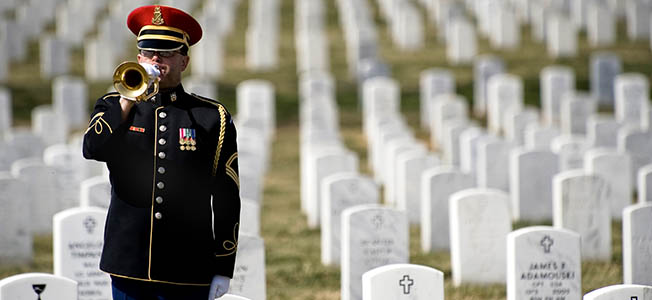
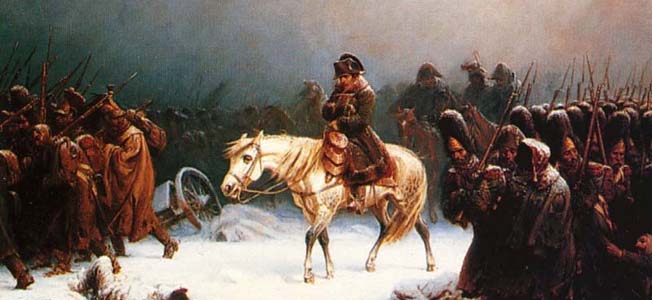
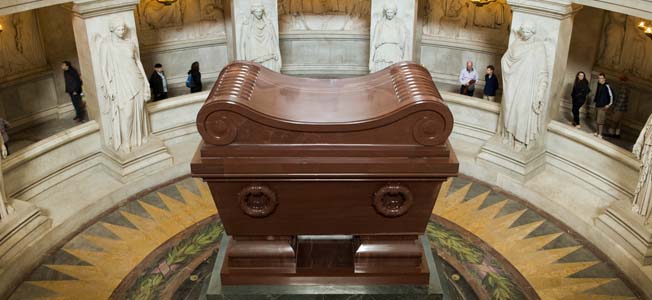
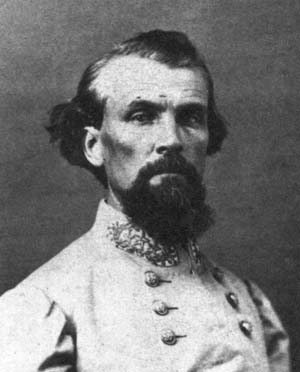
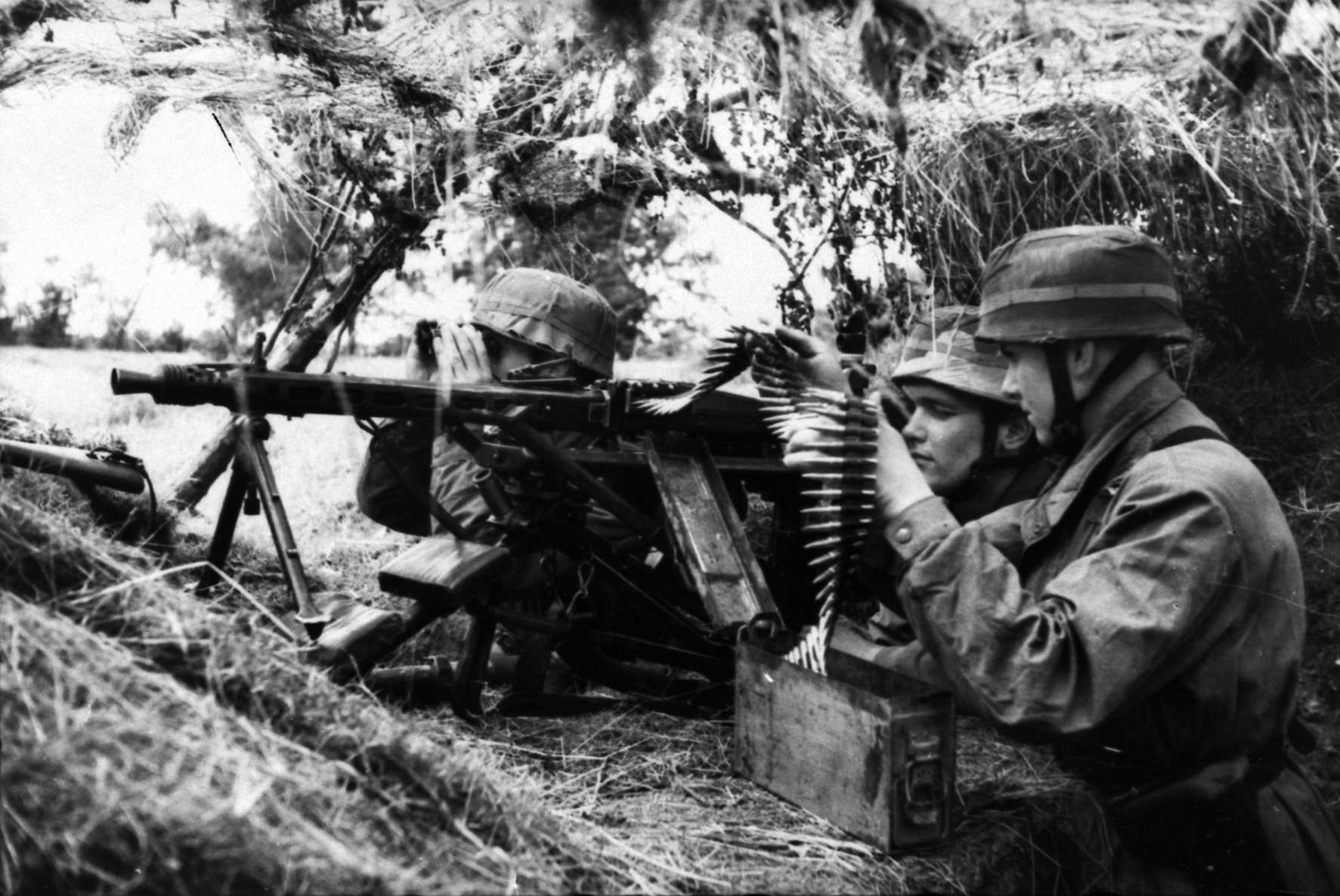
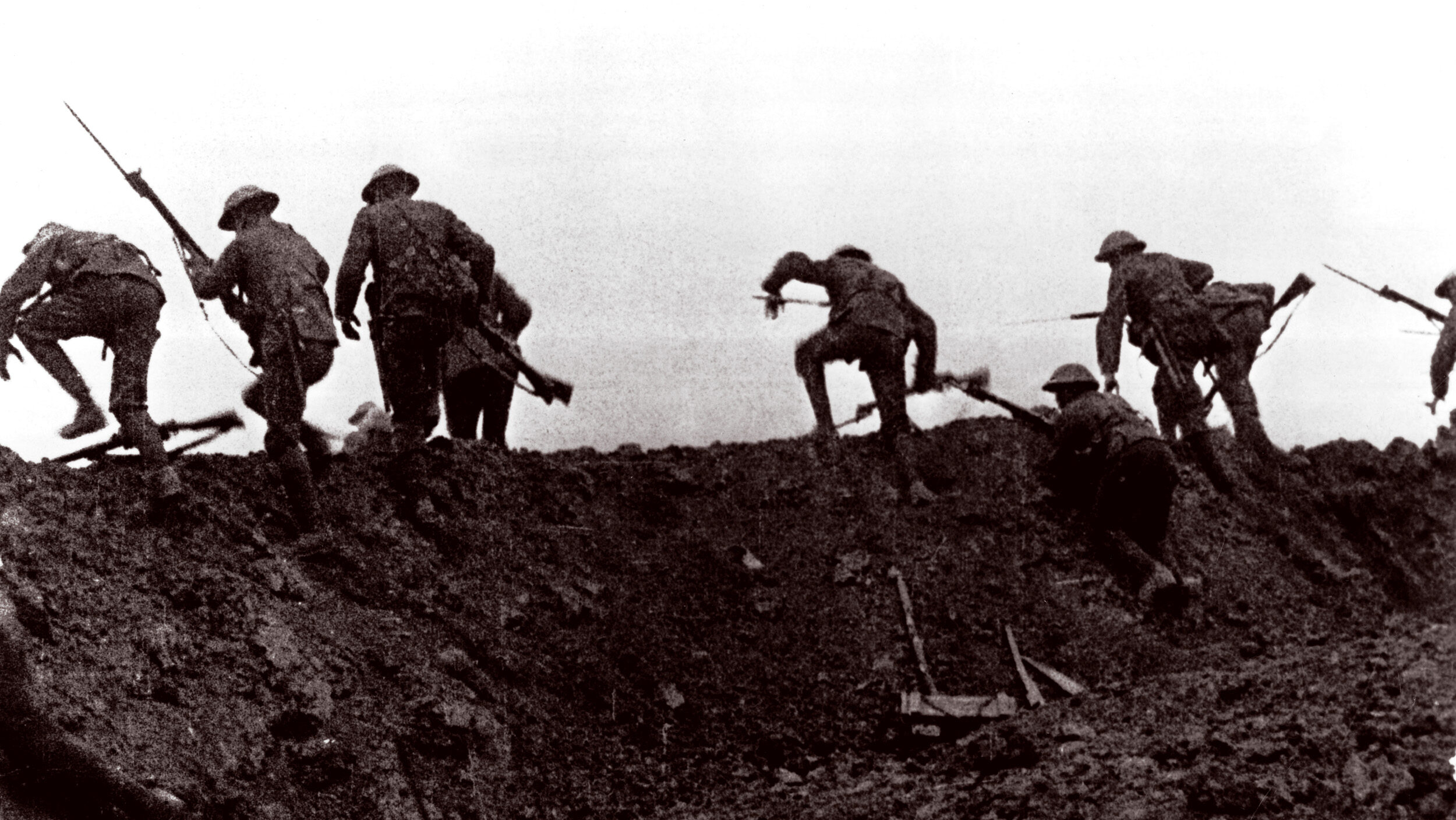
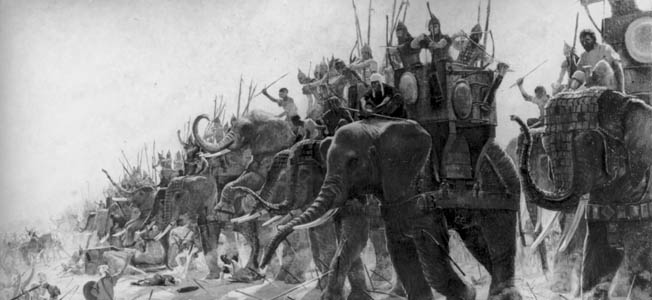
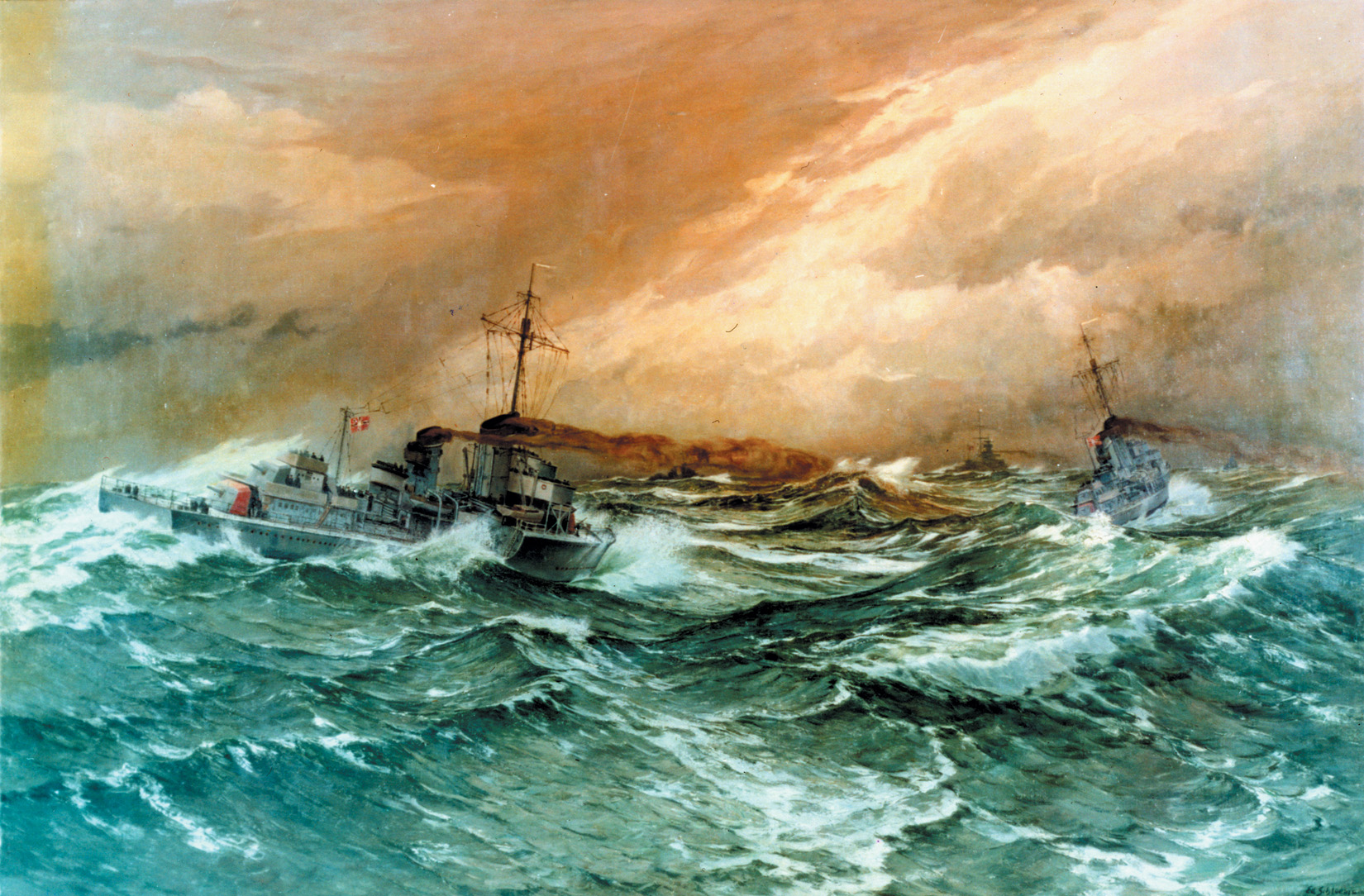
Join The Conversation
Comments
View All Comments